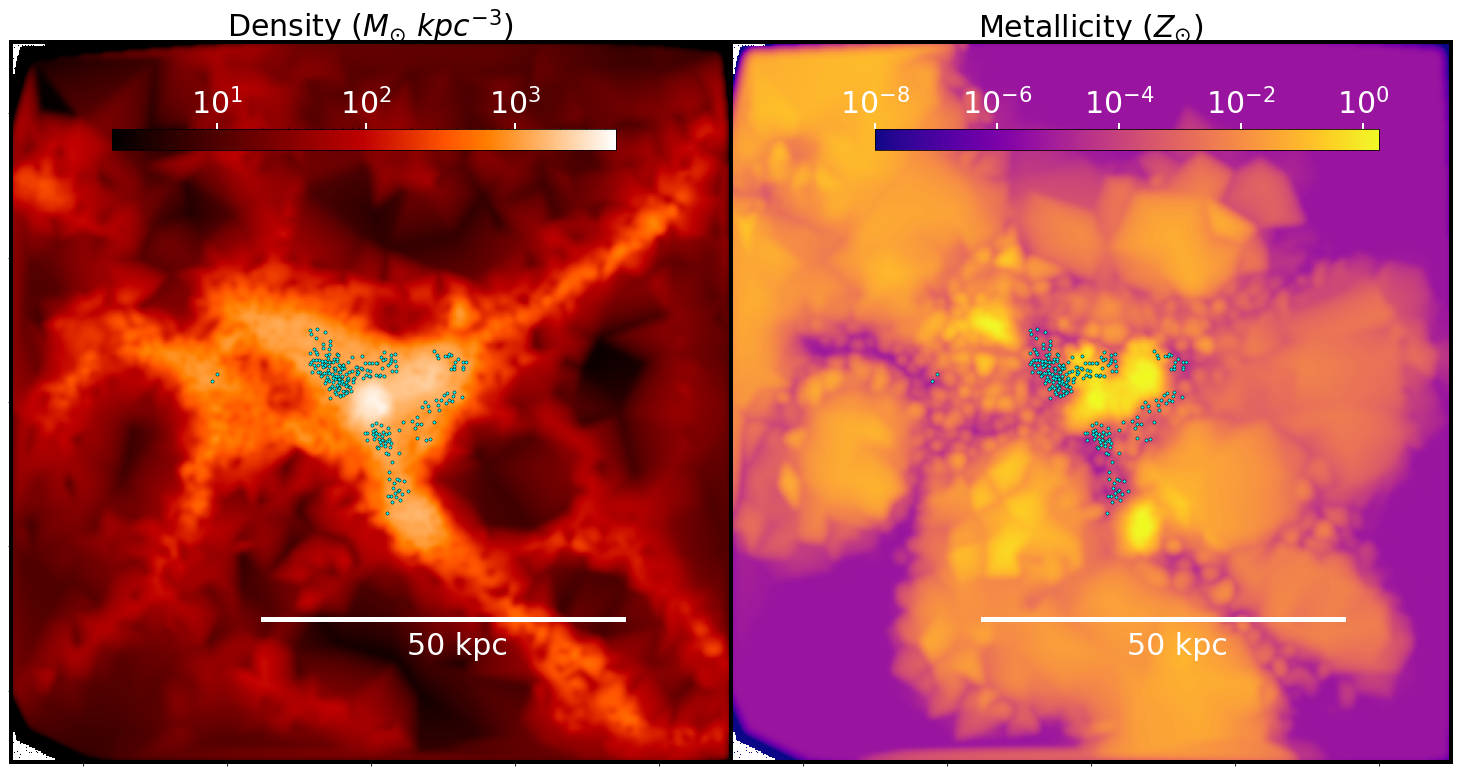The Mass Density of Black Holes in the Universe
with Maya Fishbach
See the paper here.
Using population fits to GWTC-3 data, I developed a model for the mass density in stellar mass black holes that merge. This model begins with the star formation rate, since black holes come from stars, and I apply a metallicity-dependent efficiency to account for the fraction of all stars that become black holes that merge. I also account for the time delay between when a star forms and when it eventually partakes in a BBH merger.
By fitting the parameters in this model to the GTWC-3 data, we found that BBHs preferentially form in low-metallicity environments. In addition, there is a preference for short delay times, indicating it does not take long for a star to form, evolve, die, and merge with another.
By studying the mass density, we can directly compare to other objects in the universe. We found that it is possible that there could be more mass in merging black holes than in living stars >10 solar masses. There was also more mass in merging black holes than in the young supermassive black holes before the universe was 1 Gyr old.


supermassive black holes
Image Credit: Bhowmick et al. (in prep)





